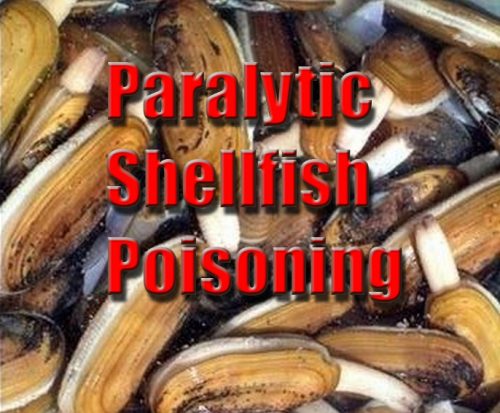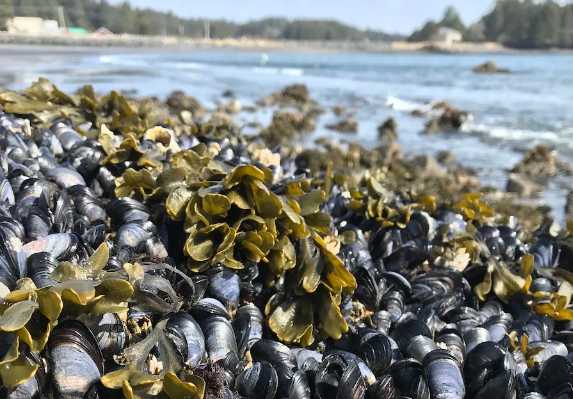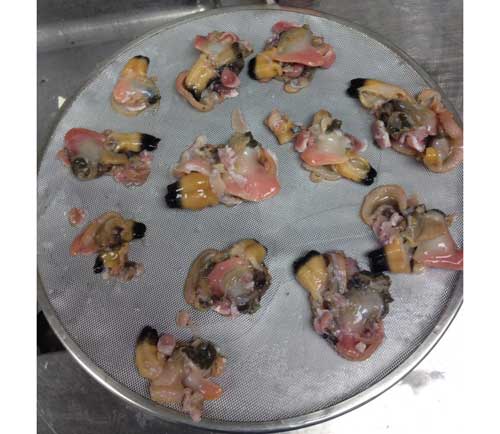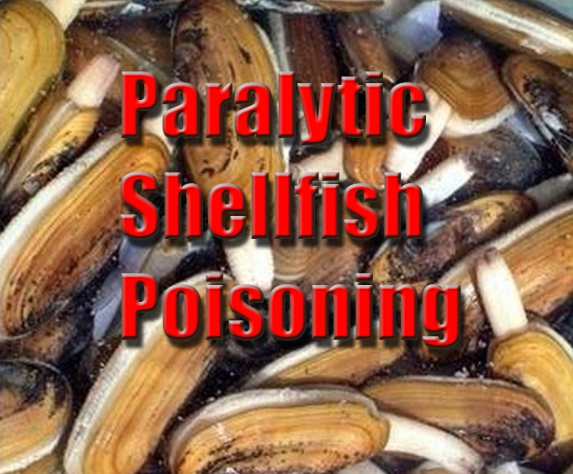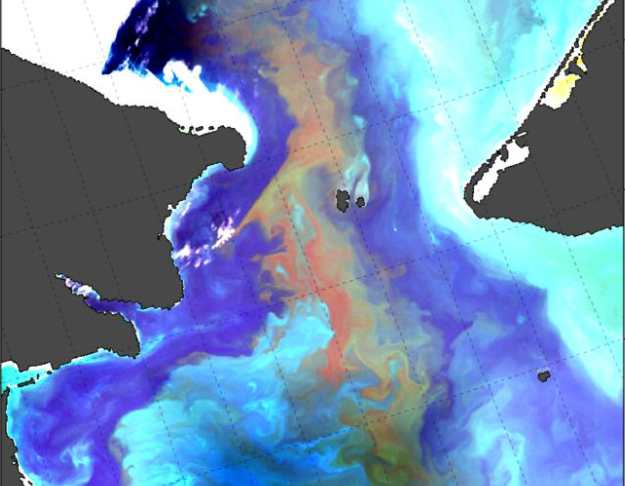JUNEAU, KETCHIKAN – University of Alaska Southeast (UAS) researchers Dr. John Harley and Dr. Matthew Pawlus have been studying shellfish toxicity to help create a safer environment in Southeast Alaska. Shellfish like mussels and clams have been an abundant food source in the region, however recent harmful algal blooms (HABs) have increased the likelihood that consumption could be unsafe.
To address this, ACRC postdoctoral researcher John Harley is collaborating with the Southeast Alaska Tribal Ocean Research (SEATOR) group to create a database to help map and predict paralytic shellfish poisoning (PSP) events. There are 17 tribal partners included in the network, a map of which can be found at seator.org/seatt.
Dr. Harley has been linking linking environmental data to create a model which combines various factors to determine potential areas of toxicity in Southeast Alaskan waters. These include data like precipitation, sea surface temperatures, and solar radiation.
[content id=”79272″]
“Microscopic algae, like the phytoplankton Alexandrium that produces PSP, are like terrestrial plants- they need specific resources to grow like sunlight, nutrients, and carbon dioxide. But the ocean is a much more dynamic environment,” said Harley, “There’s other factors like water temperature, salinity, and vertical mixing which can influence the growth of an algal bloom. We often see blooms of algae in the spring and early summer, but the dynamics are very complex and it’s difficult to say exactly when or where a harmful algal bloom might occur.”
The SEATT data website seator.org/data shows the results of observations at various Southeast Alaska locations, and is kept up to date as new information is available. The website notes that conditions change rapidly, and recommends that users pay close attention to species-specific advisories. This summer, high temperatures and calm waters led to large scale blooms seen in multiple communities across the state.
“In May and June this year we saw some of the highest concentrations of PSP in blue mussels ever recorded in Southeast Alaska. The FDA regulatory limit for human consumption is 80μg per 100 grams of shellfish, and we were seeing concentrations of 1,000 – 4,000 μg per 100 grams in communities like Juneau, Skagway, Ketchikan and Klawock.”
Blue mussels typically don’t retain the toxin for very long, but other species such as cockles and butter clams might continue to be toxic into the winter months. Anyone thinking about harvesting shellfish should check the SEATOR website (http://www.seator.org/data) to find recent concentrations for particular species in their area.
Dr. Harley has taken advantage of some creative means of communicating this important topic to the public. This week he provided a talk at Juneau’s Goldtown Nickelodeon Theatre about his work as a prelude to their screening of Invasion of the Body Snatchers.
Related research is being done by Professor Matthew Pawlus, working with student Shane Bennett, at the University of Alaska Southeast in Ketchikan to explore alternatives to current shellfish toxin testing methods. It was announced last month that Dr. Pawlus was awarded the 2019 Spike Award for Best UAS Invention Disclosure for the Nematode Biosensor for Shellfish toxin home kit, from the Office of Intellectual Property and Commercialization (OIPC) at UAF during its 2019 Invention Disclosure and Entrepreneurial Activities (IDEAS) award ceremony.
UAS Ketchikan director Dr. Priscilla Schulte remarked, “Dr. Pawlus is inspiring many students to get involved with science and explore future careers in science. His enthusiasm and hard work is truly making UAS a great place for students to learn and develop their interests in STEM fields.”
Dr. Tom Thornton, Dean of the UAS School of Arts and Sciences commented on the importance of these programs: “Through our research, teaching, and partnerships, UAS is committed to fostering science for society and social-ecological well-being. These projects, and our environmental science, marine biology, and Alaska Coastal Rainforest Center research programs more broadly, exemplify this spirit and our commitment to engaging the cultures and environments of Southeast Alaska. We invite prospective students, interested citizens, and fellow researchers to join in this effort.”
Learn more about research at the University of Alaska Southeast at uas.alaska.edu/research.

